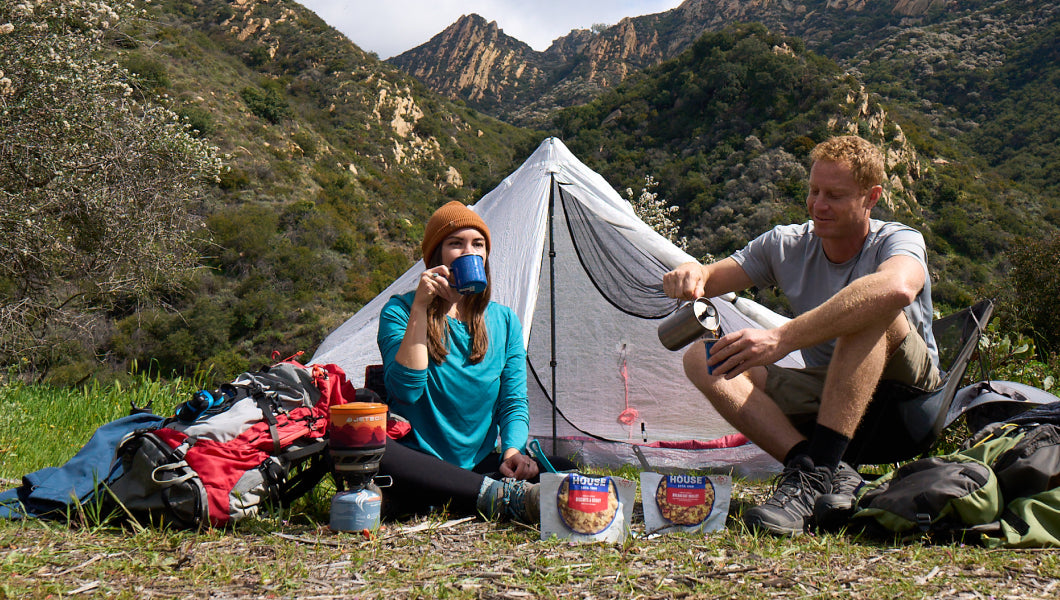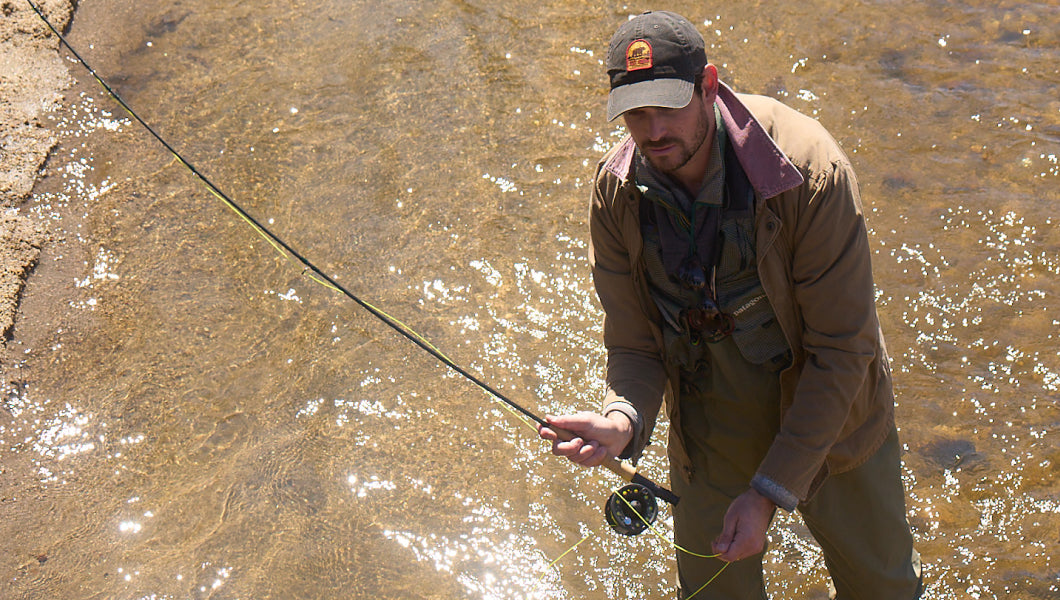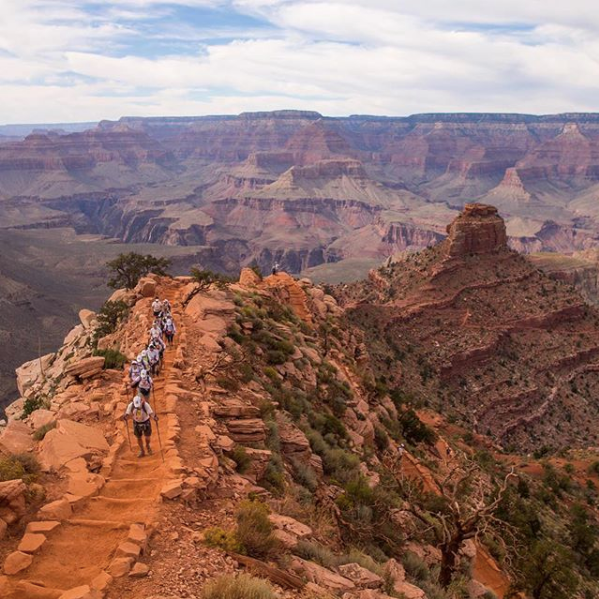Inspired for an Adventure? Check out Beef Stroganoff - Pouch and Beef Stew - Pouch
Free Ground Shipping On All Orders
Over 2,100 Reviews
Add description, images, menus and links to your mega menu
A column with no settings can be used as a spacer
Link to your collections, sales and even external links
Add up to five columns
Add description, images, menus and links to your mega menu
A column with no settings can be used as a spacer
Link to your collections, sales and even external links
Add up to five columns
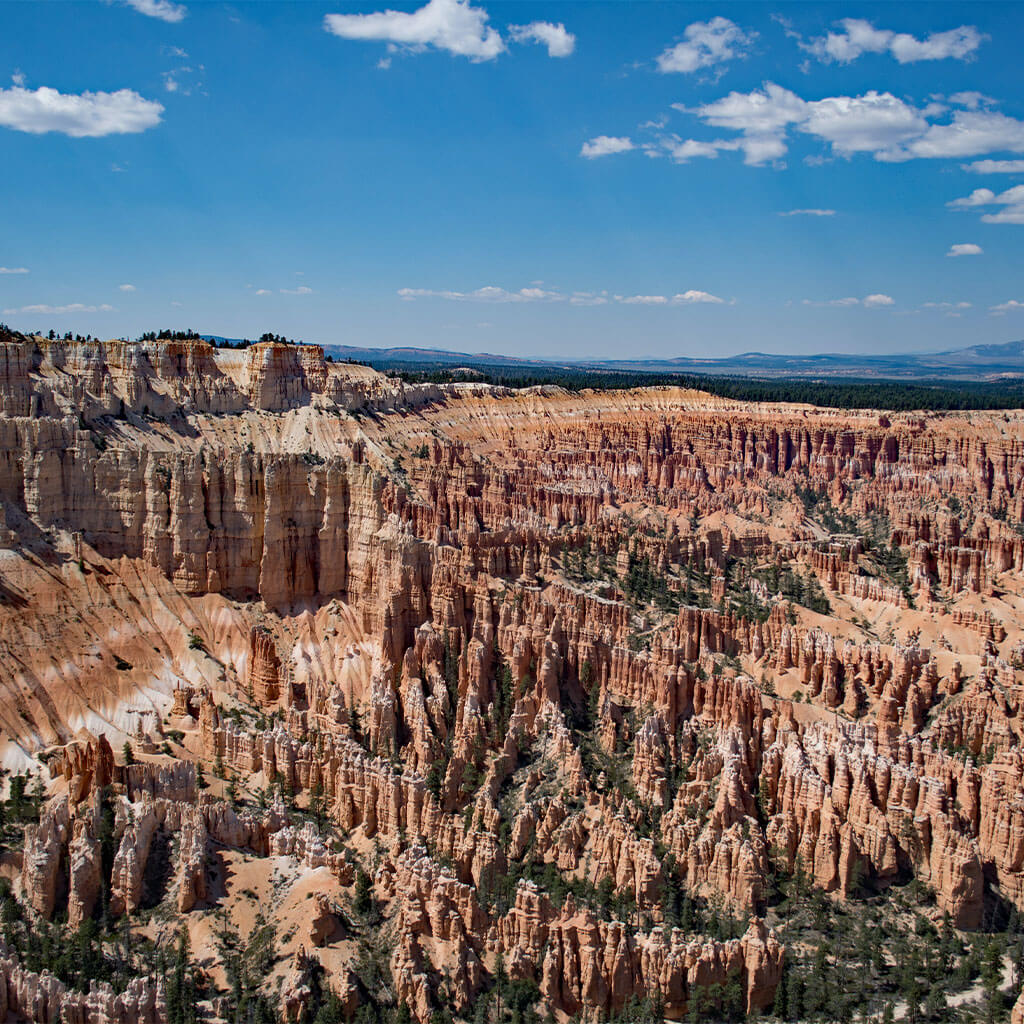
The Most Popular National Parks In the USA
The United States established the world’s very first national park: Yellowstone, that geothermal and wildlife wonderland in the Middle Rockies, back in 1872. Today the National Park Service manages nearly 60 parks (in addition to a slew of national recreation areas, historic sites, and other units), which in 2016 saw nearly 331 million visitors: a record level.
Within this grand system of public lands you’ll find some of the most sublime scenery and precious ecosystems in the country: from the boreal lakes of northern Minnesota to the redwood rainforest of the California coast, from the Brooks Range crests of Arctic Alaska to the tropical marshland of the Everglades and volcanic rainforest of Hawaii, from the White River Badlands of South Dakota to the hoodoo labyrinth of Bryce Canyon.
Here at Mountain House, we cherish the U.S. National Park System, and we know a whole bunch of our customers do too! Here’s a look at the most-visited national parks in the country, based on 2016 statistics—the most recent visitation numbers the National Park Service supplies. It's hard to pick favorites, but numbers don't lie: These are some of the best national parks on the globe, bar none...
(**Keep in mind these are the most popular national parks proper. The two most-visited units of the National Park Service in 2016 weren’t parks per say: Golden Gate National Recreation Area in the San Francisco Bay Area with 15.6 million visitors and the Blue Ridge Parkway, which traces the Appalachian spine between Shenandoah and Great Smoky Mountains national parks, with 15.2 million. And there are plenty of other national recreation areas, parkways, memorials, and the like that, visitation-wise, exceed or compare with the national parks below.)
(1) Great Smoky Mountains National Park (North Carolina/Tennessee): 522,419 acres, 11.3 million visitors
Established in 1940, Great Smoky Mountains National Park would attract a lot of visitors by virtue of its proximity to so much of the U.S. population alone, but this jewel of the Southern Appalachians—set along the highland border of Tennessee and North Carolina—also claims a superlative share of attractions. Four of the loftiest peaks east of the Mississippi lie in the Great Smokies, including the third-highest: 6,643-foot Clingmans Dome. From verdant canyon floor to knife-edged ridge, the topographic relief in this rugged range is impressive.
The park also includes some of the most extensive old-growth timber and some of the biggest trees in the East, including huge tulip trees, white pines, and sycamores. Its temperate forests rank among the most biologically diverse in the world, and given the park’s voluminous precipitation some ecologists consider them temperate rainforests. Wildlife lovers have a whole lot to get excited about: from charismatic megafauna (black bears, elk, white-tailed deer) to one of the planet’s greatest variety of salamanders, including the mighty hellbender.
From old Cherokee trails to the historic cabins of Cades Cove and the crumbling foundations and chimneys tucked deep into the backwoods, the human history of the Great Smokies is just as intriguing as their natural history.

(2) Grand Canyon National Park (Arizona): 1.2 million acres, ~6 million visitors
The Grand Canyon of the Colorado River marks the scenic centerpiece of one of the most ridiculously scenic regions in the world, the Colorado Plateau. The Grand isn’t the largest, longest, or deepest canyon in the world—or in North America, where it’s outsized (a bit) by such defiles as Hells Canyon, Kings Canyon, and Barranca del Cobre (Copper Canyon)—but it’s one of the most impressive: a mile deep, 18 miles across, 277 miles long, and multicolored with ancient layers of sedimentary and metamorphic rock that, in the deep heart of the inner gorge, is two billion years old. From subalpine forests and ponderosa woodlands up on the rim to the hot-desert-style cactus and creosote bush along the river, there’s a crazy spread of life zones on display in this humongous bedrock tear.
There are many ways to experience the Grand Canyon: from a paved overlook during a guided daytrip out of Vegas, from the bottom up via a much-coveted berth on a whitewater raft, hiking or mule-riding your way from rim to river, or roaming the deep, quiet, and demanding backcountry of the Tonto Platform. However you see it, you'll never forget this legit wonder of the world.
(3) Yosemite National Park (California): 748,036 acres, 5 million visitors
On the west slope of the northern Sierra Nevada, the patient action of Pleistocene glaciers on tough, jointed granite has created true topographic sublimity. The Merced River rolls through one of the most romantic slices of mountain scenery in the world: Yosemite Valley, home to giant sheer-edged monoliths such as El Capitan and Half Dome, vertiginous waterfalls (such as Yosemite, Bridalveil, Horsetail, and Sentinel falls), and pastoral meadows and oak groves beneath.
There’s more to Yosemite National Park—whose early praises were sung by the great Scottish-American naturalist and adventurer John Muir—than Yosemite Valley: Seek out the giant sequoias of the Mariposa, Merced, and Tuolumne groves, hike the Hetch Hetchy Valley (subject of one of the great battles in early American conservation), and revel in the granitic playground of the Yosemite high country, which includes the high parks of Tuolumne and Dana meadows and the inviting summits of the Clark and Cathedral ranges.
(4) Rocky Mountain National Park (Colorado): 265,461 acres, 4.5 million
The Southern Rockies—most of which lie in the Centennial State—represent the elevational climax of the entire Rocky Mountain chain. Rocky Mountain National Park in the Colorado Front Range showcases a splendid swath of this high country: snow-girdled peaks, alpine tundra, mosaics of conifer forest and aspens and meadow parks, dark gorges, postcard-perfect lakes. Here you’ll find epic elk herds and plentiful moose; here you’ll find the headwaters of the mighty Colorado River (the sculptor, of course, of the abovementioned Grand Canyon), rising in the Never Summer Mountains of the park’s northwest; here’ll you find Trail Ridge Road, the highest paved road in the National Park System; here you’ll find 14,259-foot Longs Peak, high point of the park and a signal Front Range landmark from Denver down on the nearby plains.
Fraternizing with elk in Estes Park and driving Trail Ridge Road are cool enough, but it’s all the more rewarding to get away from the blacktop and experience the expansiveness of Rocky Mountain National Park’s backcountry: via backpacking, day hiking, mountaineering, horseback riding, snowshoeing, or rock climbing, to name some prime options.
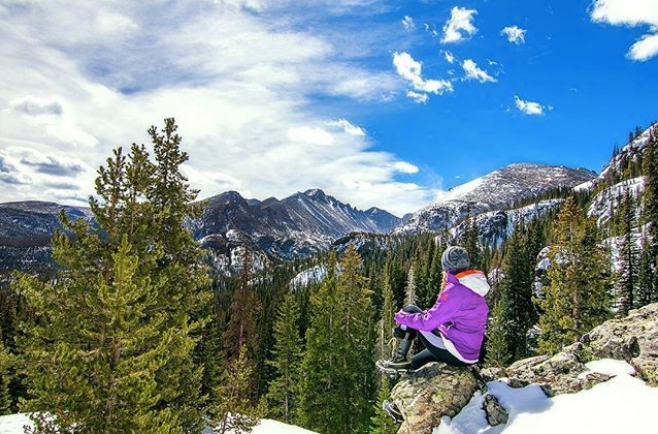
(5) Zion National Park (Utah): 146, 597 acres, 4.3 million visitors
Set in the White Cliffs of the Grand Staircase—that mighty geological stepladder of the Colorado Plateau rising from the Grand Canyon—Zion National Park encompasses a sublime sweep of sedimentary rock. Its centerpiece is Zion Canyon, the deep gorge of the North Fork Virgin River that comes shouldered with gigantic red and pink cliffs and overlooked by great domes and towers, and which upstream turns into the famous slot canyon of the Narrows, along with Angel’s Rest one of the most popular hikes in the park. Up in the Kolob Canyons section of the park, meanwhile, hikers can trek to Kolob Arch, one of the biggest freestanding rock arches in the world.
To manage crowds and their impact, private cars are banned in Zion Canyon during peak season, with motorized access provided by frequent shuttle buses. But the drive in from the east ranks among the great entrances to any national park: across the ethereal Checkerboard Mesa, then through a long tunnel that opens abruptly to the full, breathtaking majesty of the canyonlands.
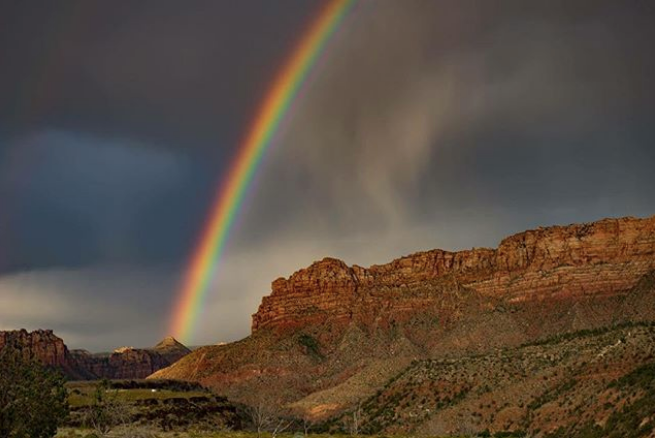
Enjoy America's National Parks With Mountain House
Curious about the other top national parks that filled out the 10 most-visited in 2016? More world-class landscapes: Yellowstone (4.3 million), Olympic (3.4 million), Acadia (3.3 million), Grand Teton (also about 3.3 million), and Glacier (2.9 million).
Whether it’s your first or your fiftieth visit to these much-loved national parks, don’t forget your Mountain House packets for premier camp cuisine amid the scenic glories!

Best Places to Go Winter Wildlife Watching in North America

Exploring the Best Winter Desert Hiking in the Southwest United States


Stay Hungry for Adventure
Sign Up for Delicious Outdoor Meals & Exclusive Offers!


Join the adventure
©2024 Mountain House — All Rights Reserved.
Your Cart is Empty
Continue ShoppingYour Cart
Subtotal
$0.00
EXPRESS PAYMENT METHODS AVAILABLE IN CHECKOUT
Taxes and Shipping Calculated at Checkout












